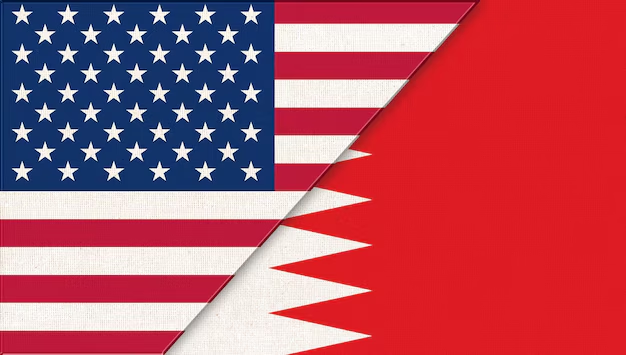The demonstrations have their own local characteristics, but there are several parallels.
Sudanese demonstrators chant slogans during a protest demanding Sudanese President Omar Al-Bashir to step down outside the defence ministry in Khartoum, Sudan April 8, 2019. REUTERS/Stringer – RC1953A69200SOURCE: THE ATLANTIC
BY; ISMA’IL KUSHKUSH
A photograph has been floating around on social media recently featuring six Arab leaders at a previous summit meeting in 2010, all with red X marks on them. The first four, from left to right, were deposed during the Arab Spring in 2011: Tunisia’s Zine El Abidine Ben Ali, Yemen’s Ali Abdullah Saleh, Libya’s Muammar Gaddafi, and Egypt’s Hosni Mubarak.
Back in 2011, anything seemed possible. Tunisia’s strongman fell, and Egypt’s soon followed. Protests erupted in Bahrain, as well as Libya, Syria and Yemen (and, in the latter three, war soon followed). Four countries saw new governments, but in the end, meaningful change survived in Tunisia alone.
In Sudan and Algeria in 2011, some took to the streets to demand change but in both cases, demonstrations were limited and in Sudan, where I was working as a journalist at the time, they were crushed.
This time around, protesters have learned lessons of the past, from their own experiences and those of others in neighboring and nearby countries. Though it is still early and much could yet change, their efforts have delivered results: Bouteflika has resigned, and Bashir has been unseated by Sudan’s military.








